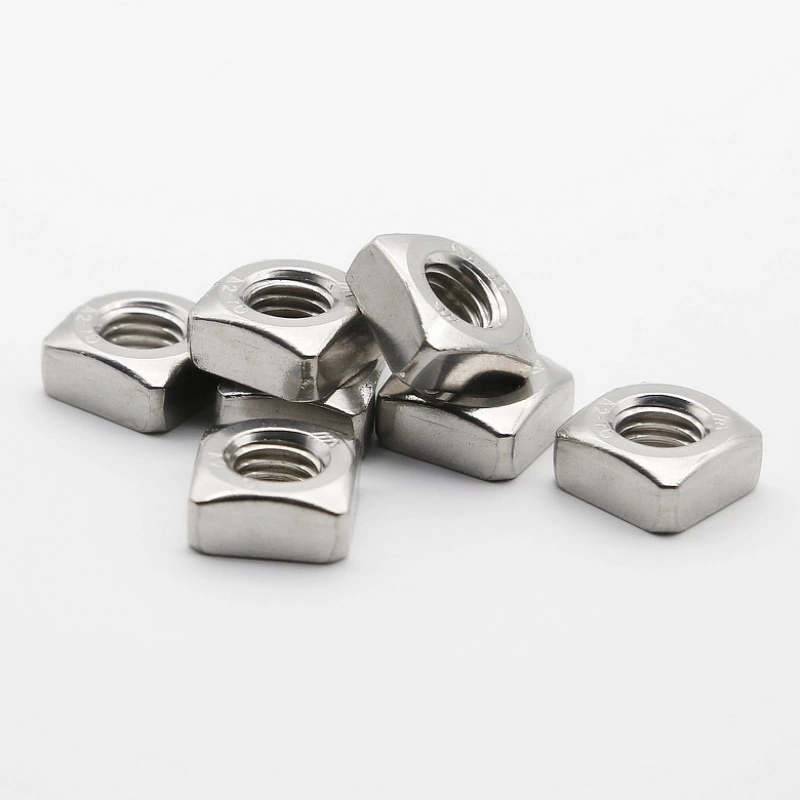

Self-drilling screws for enhanced structural steel connections and assembly efficiency in construction projects
अगस्त . 08, 2024 06:05 Back to list
Self-drilling screws for enhanced structural steel connections and assembly efficiency in construction projects
Self-Drilling Screws for Structural Steel An Essential Fastening Solution
In the world of construction and structural engineering, fastening components securely is critical for ensuring the integrity and safety of structures. Among various fastening solutions, self-drilling screws have emerged as a preferred option, particularly when working with structural steel. This article delves into the advantages of self-drilling screws, their applications in the context of structural steel, and considerations for their effective use.
What are Self-Drilling Screws?
Self-drilling screws, often referred to as Tek screws, are fasteners equipped with a drill point that allows them to create their own hole in materials without the need for a pre-drilled pilot hole. This feature eliminates several steps in the assembly process, making self-drilling screws an efficient choice for many applications. Typically made of high-strength materials, these screws are designed to provide robust fastening solutions in various construction environments.
Applications in Structural Steel
Self-drilling screws are particularly advantageous in working with structural steel, owing to their ability to streamline the construction process. Common applications include
1. Metal Framing In commercial and residential construction, metal framing often requires secure connections between steel studs and tracks. Self-drilling screws provide the necessary holding power while facilitating quick assembly, reducing labor costs.
2. Roof and Wall Panels Installing metal roof and wall panels typically necessitates securing them to structural steel. Self-drilling screws with appropriate coatings ensure a weather-tight seal, preventing leaks while offering durability against environmental conditions.
3. Metal-to-Metal Connections For projects that involve connecting various metal components, self-drilling screws serve as a practical solution. They can easily penetrate steel, creating strong joints essential for structural integrity.
self drilling screws structural steel

Advantages of Self-Drilling Screws
1. Time Efficiency The driving mechanism of self-drilling screws allows for quick installation, drastically reducing time spent on fastening compared to traditional screws that require pre-drilling.
2. Cost-Effectiveness By minimizing installation time and labor, self-drilling screws often result in lower overall project costs. Additionally, their durability reduces the need for future repairs or replacements.
3. Versatility Self-drilling screws are available in various sizes and coatings, making them suitable for different applications and environmental conditions. This versatility allows them to be used across various types of structural steel projects.
4. High Strength and Security Self-drilling screws are designed to withstand significant loads and stresses, ensuring structural stability. Their ability to create strong, secure connections is critical in maintaining the integrity of steel structures.
Considerations for Use
While self-drilling screws offer numerous advantages, certain factors should be considered for optimal performance. Proper selection of screw size and type based on material thickness and load requirements is crucial. Additionally, environmental conditions, such as exposure to moisture or corrosive substances, might necessitate the use of screws with specific coatings (e.g., zinc-plated or epoxy-coated) to enhance durability.
Furthermore, correct installation techniques, including using the right torque settings, are essential to prevent stripping or breaking. It’s advisable to adhere to manufacturer guidelines to ensure that the screws perform as intended.
Conclusion
Self-drilling screws play a vital role in modern construction, particularly within the realm of structural steel. Their ability to provide quick, reliable, and strong fastening solutions makes them indispensable in various applications. By understanding their features, advantages, and considerations for use, construction professionals can optimize their projects, ensuring both efficiency and structural integrity.
Latest news
-
Hot Dip Galvanized Bolts-About LongZe|High Strength, Corrosion Resistance
NewsJul.30,2025
-
High-Strength Hot Dip Galvanized Bolts - Hebei Longze | Corrosion Resistance, Customization
NewsJul.30,2025
-
Hot Dip Galvanized Bolts-Hebei Longze|Corrosion Resistance&High Strength
NewsJul.30,2025
-
High-Strength Hot-Dip Galvanized Bolts-Hebei Longze|Corrosion Resistance&High Strength
NewsJul.30,2025
-
Hot Dip Galvanized Bolts-Hebei Longze|Corrosion Resistance&High Strength
NewsJul.30,2025
-
Hot Dip Galvanized Bolts - Hebei Longze | Corrosion Resistance, High Strength
NewsJul.30,2025

